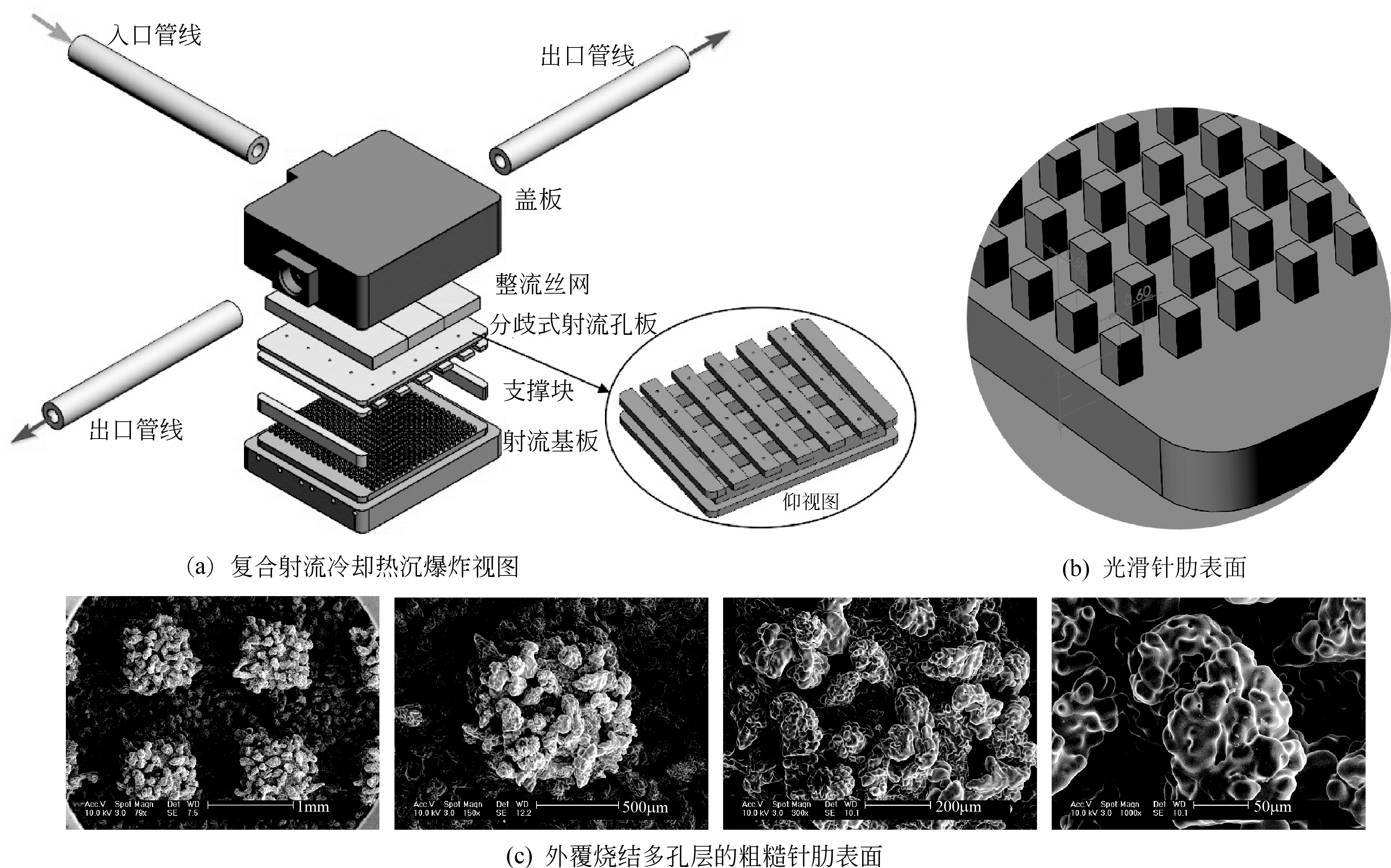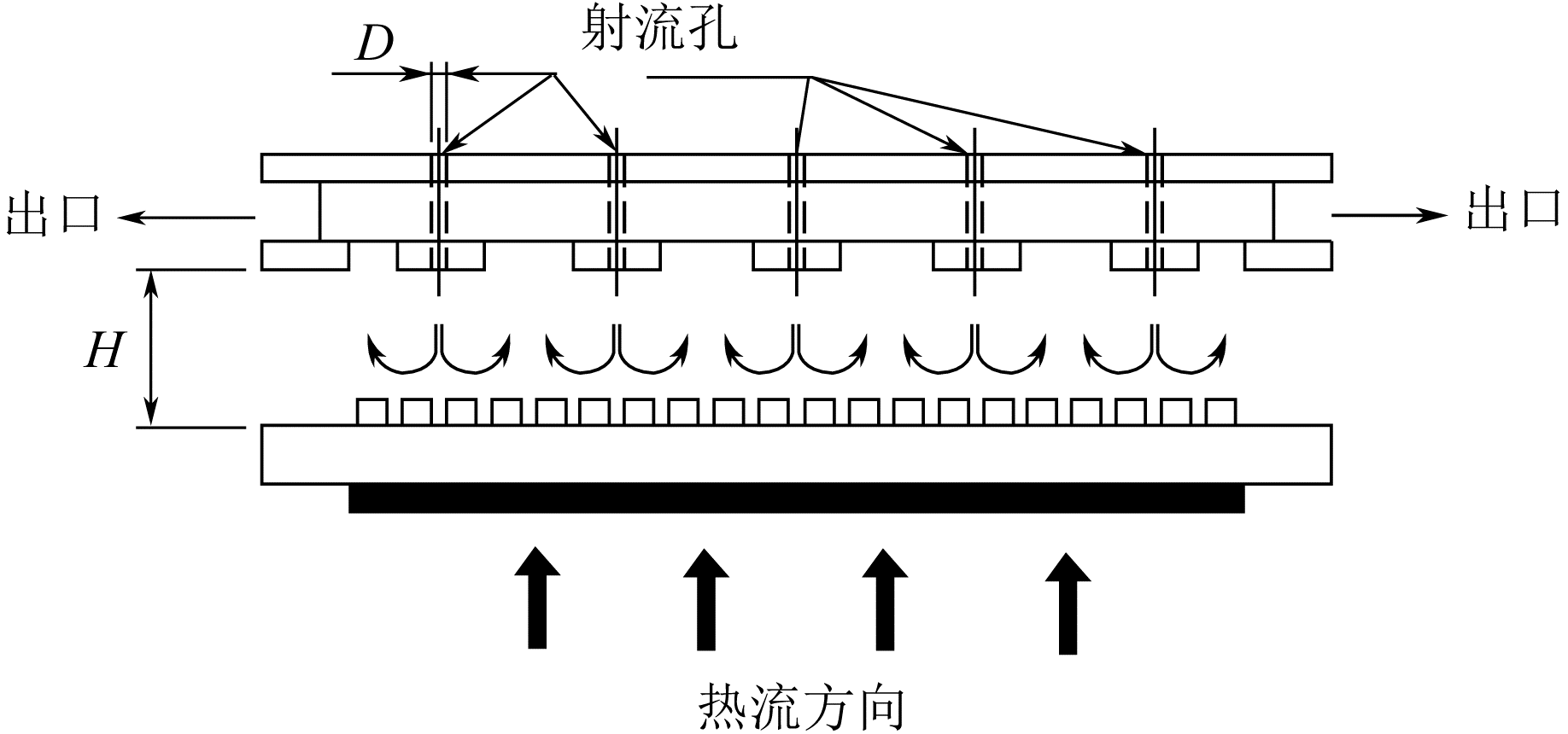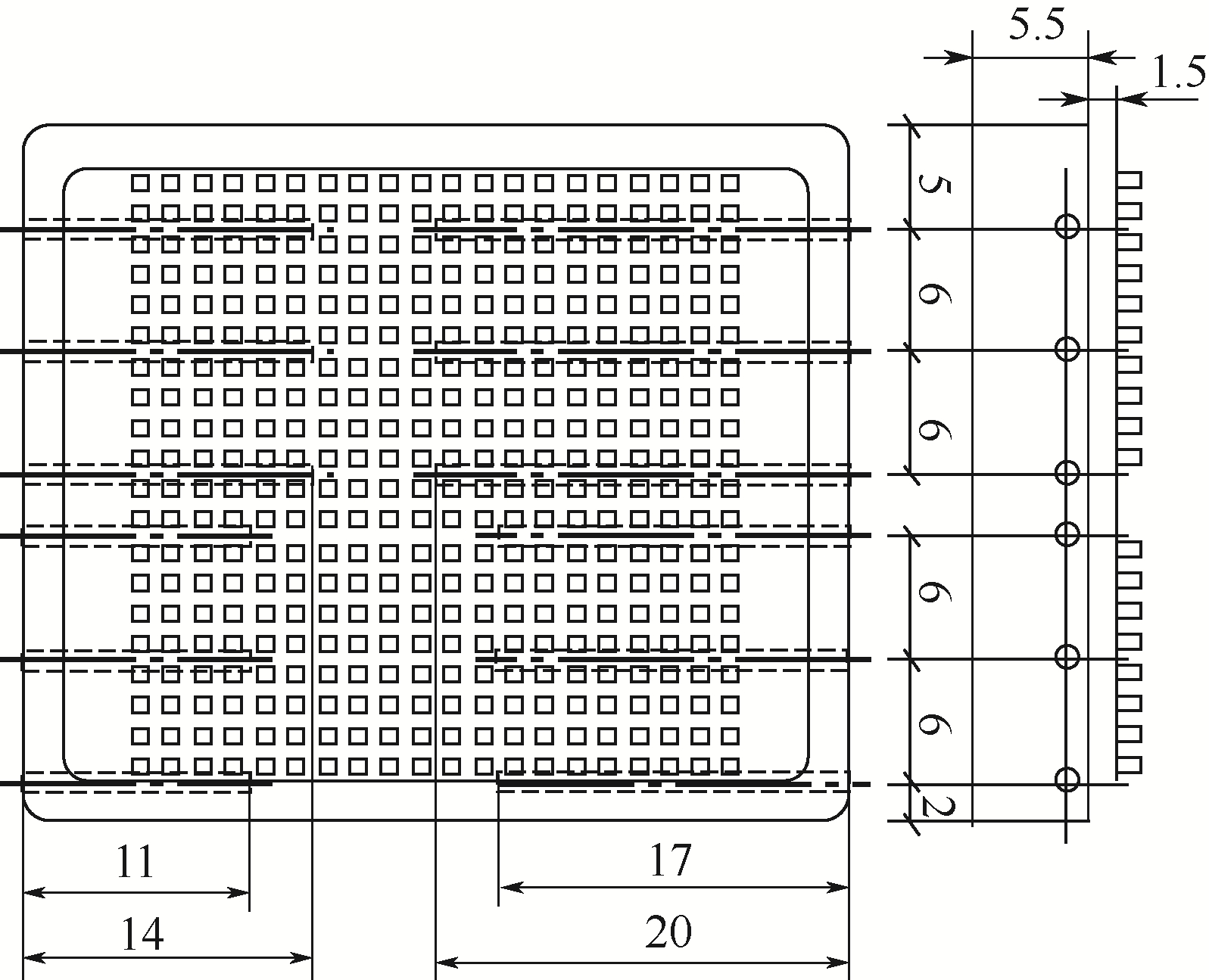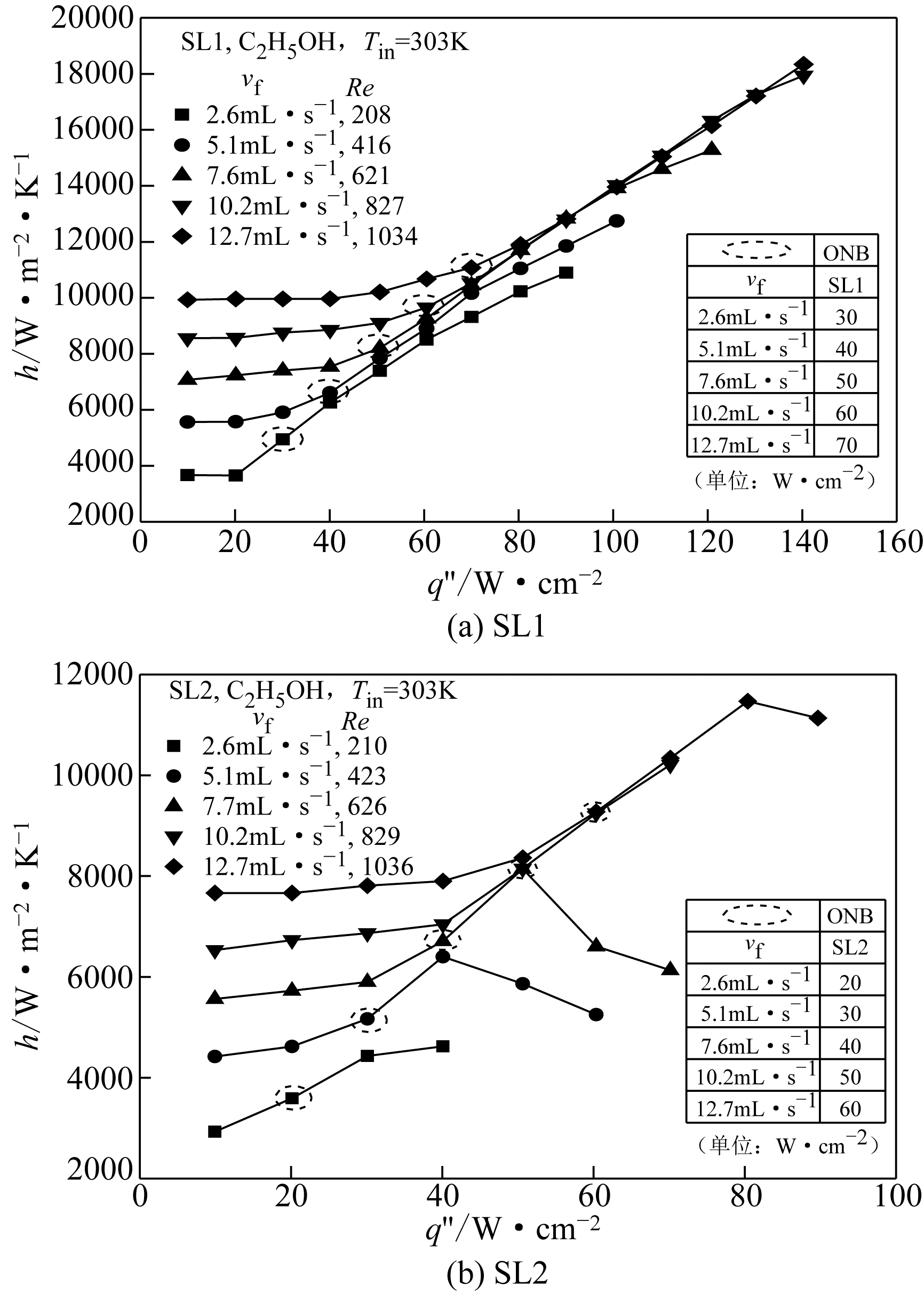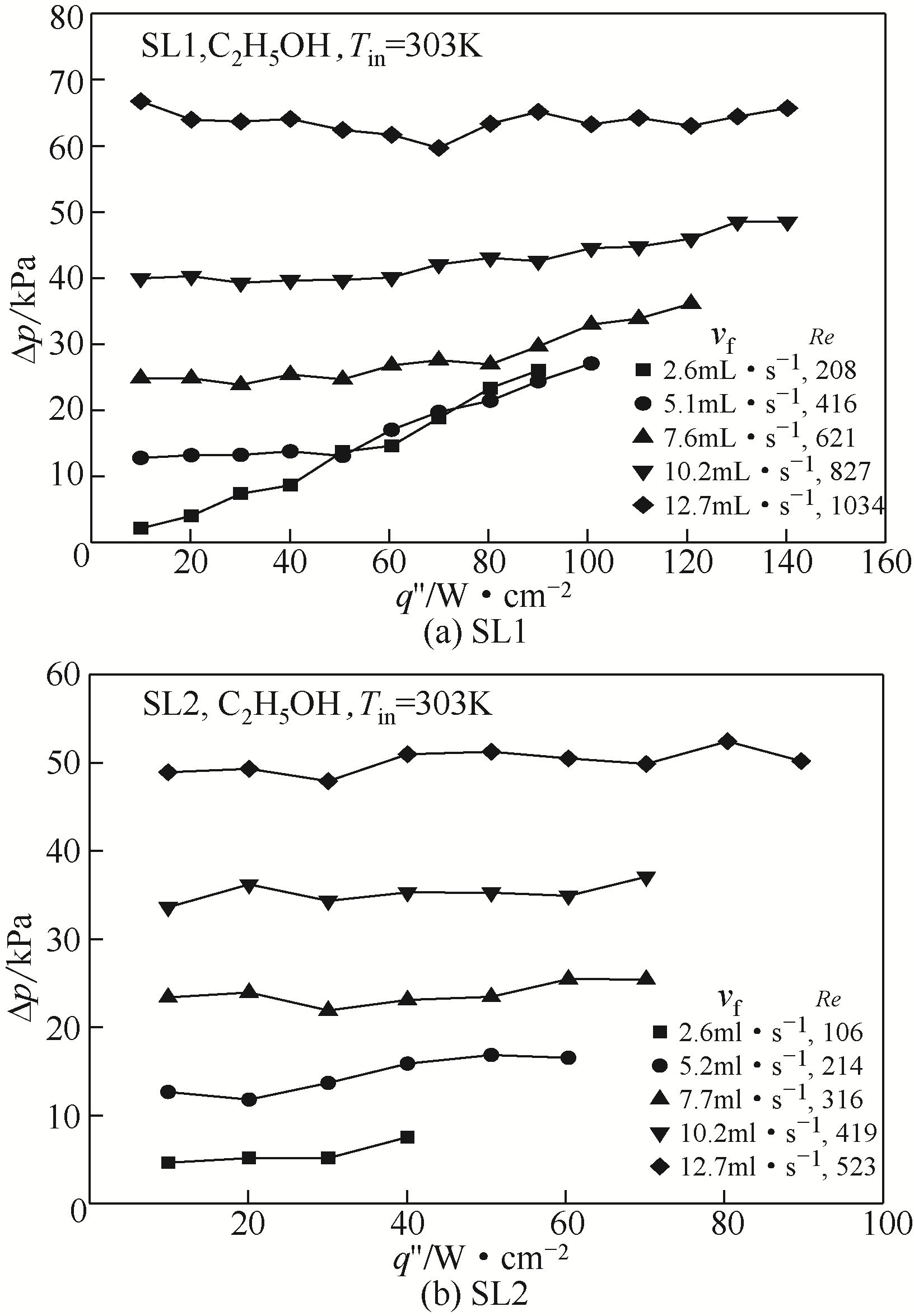| 1 |
EBADIAN M A , LIN Chengxian . A review of high-heat-flux heat removal technologies [J]. Journal of Heat Transfer, 2011, 133(11): 110801.
|
| 2 |
SUNG M K , MUDAWAR I . CHF determination for high-heat flux phase change cooling system incorporating both micro-channel flow and jet impingement [J]. International Journal of Heat and Mass Transfer, 2019, 50: 610-619.
|
| 3 |
马永锡, 张红 . 电子器件发热与冷却技术[J]. 化工进展, 2006, 25(6): 670-674.
|
|
MA Yongxi , ZHANG Hong . Heat dissipation of electronics and cooling techniques [J]. Chemical Industry and Engineering Progress, 2006, 25(6): 670-674.
|
| 4 |
CHIEN L H , CHANG C Y . An experimental study of two-phase multiple jet cooling on finned surfaces using a dielectric fluid [J]. Applied Thermal Engineering, 2011, 31(11/12): 1983-1993.
|
| 5 |
桂进乐 . 基于微小通道与冲击射流的电子器件冷却机理研究[D]. 武汉: 华中科技大学, 2015.
|
|
GUI Jinle . Research on mechanism of microchannel with multiple impinging jets for electronic cooling [D]. Wuhan: Huazhong University of Science and Technology, 2015.
|
| 6 |
朱冬生, 孙纪远, 宋印玺, 等 . 喷雾冷却技术综述及纳米流体喷雾应用前景[J]. 化工进展, 2009, 28(3): 368-373.
|
|
ZHU Dongsheng , SUN Jiyuan , SONG Yinxi , et al . Review of spray cooling technique and prospect of spray cooling using nanofluids [J]. Chemical Industry and Engineering Progress, 2009, 28(3): 368-373.
|
| 7 |
WADSWORTH D , MUDAWAR I . Enhancement of single-phase heat transfer and critical heat flux from an ultra-high-flux simulated microelectronic heat source to a rectangular impinging jet of dielectric liquid [J]. Journal of Heat Transfer, 1992, 114: 764-768.
|
| 8 |
ZHAO Zenghui , PELES Y , JENSEN M K . Water jet impingement boiling from structured-porous surfaces [J]. International Journal of Heat and Mass Transfer, 2013, 63: 445-453.
|
| 9 |
CLARK M D , WEIBEL J A , GARIMELLA S V . Identification of nucleate boiling as the dominant heat transfer mechanism during confined two-phase jet impingement [J]. International Journal of Heat and Mass Transfer, 2019, 128: 1095-1101.
|
| 10 |
KONOSHI C , MUDAWAR I , HASAN M M . Investigation of localized dryout versus CHF in saturated flow boiling [J]. International Journal of Heat and Mass Transfer, 2013, 67: 131-146.
|
| 11 |
MEYER M T , MUDAWAR I , BOYACK C E , et al . Single-phase and two-phase cooling with an array of rectangular jets [J]. International Journal of Heat and Mass Transfer, 2006, 49(1/2): 17-29.
|
| 12 |
CUI F L , HONG Fangjun , CHENG P . Comparison of normal and distributed jet array impingement boiling of HFE-7000 on smooth and pin-fin surfaces [J]. International Journal of Heat and Mass Transfer, 2018, 126: 1287-1298.
|
| 13 |
JOSHI S N , DEDE E M . Effect of sub-cooling on performance of a multi-jet two phase cooler with multi-scale porous surfaces [J]. International Journal of Thermal Sciences, 2015, 87: 110-120.
|
| 14 |
JOSHI S N , DEDE E M . Two-phase jet impingement cooling for high heat flux wide band-gap devices using multi-scale porous surfaces [J]. Applied Thermal Engineering, 2017, 110: 10-17.
|
| 15 |
NDAO S , PELES Y , JENSEN M K . Experimental investigation of flow boiling heat transfer of jet impingement on smooth and micro structured surfaces [J]. International Journal of Heat and Mass Transfer, 2012, 55(19/20): 5093-5101.
|
| 16 |
MIRA-HERNANDEZ C , CLARK M D , WEIBEL J A , et al . Development and validation of a semi-empirical model for two-phase heat transfer from arrays of impinging jets [J]. International Journal of Heat and Mass Transfer, 2018, 124: 782-793.
|
| 17 |
田浩, 曹智睿 . 一种适用于高热通量芯片的微槽道冲击射流冷却系统[J]. 暖通空调, 2017, 47(10): 137-141.
|
|
TIAN Hao , CAO Zhirui . Micro-channel jet cooling system for high heat flux chips [J]. Heating Ventilating & Air Conditioning, 2017, 47(10): 137-141.
|
| 18 |
何为 . 受限式阵列射流沸腾换热影响参数研究[J]. 低温工程, 2013(5): 46-51.
|
|
HE Wei . Parametric study on confined jet array impingement boiling of aqueous ethylene glycol solutions [J]. Cryogenics, 2013(5): 46-51.
|
| 19 |
BROWNE E A , MICHNA G J , JENSEN M K , et al . Microjet array single-phase and flow boiling heat transfer with R134a [J]. International Journal of Heat and Mass Transfer, 2010, 53(23/24): 5027-5034.
|
| 20 |
NDAO S , PELES Y , JENSEN M K . Effects of pin fin shape and configuration on the single-phase heat transfer characteristics of jet impingement on micro pin fins [J]. International Journal of Heat and Mass Transfer, 2014, 70: 856-863.
|
 ),闫凯芬1,2,张畅1,2,谢荣建1,2,董德平1,2(
),闫凯芬1,2,张畅1,2,谢荣建1,2,董德平1,2( )
)
 ),Kaifen YAN1,2,Chang ZHANG1,2,Rongjian XIE1,2,Deping DONG1,2(
),Kaifen YAN1,2,Chang ZHANG1,2,Rongjian XIE1,2,Deping DONG1,2( )
)

